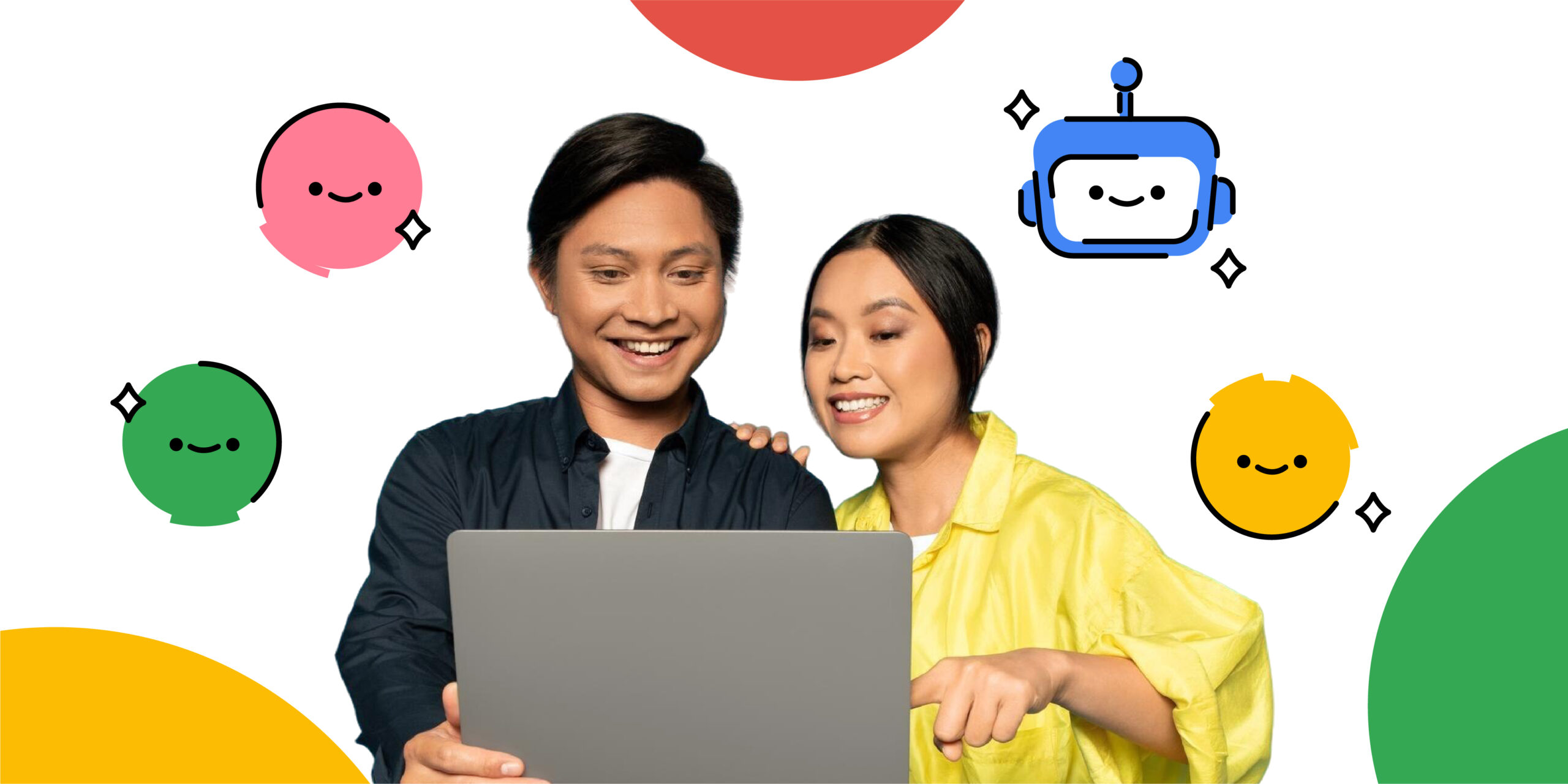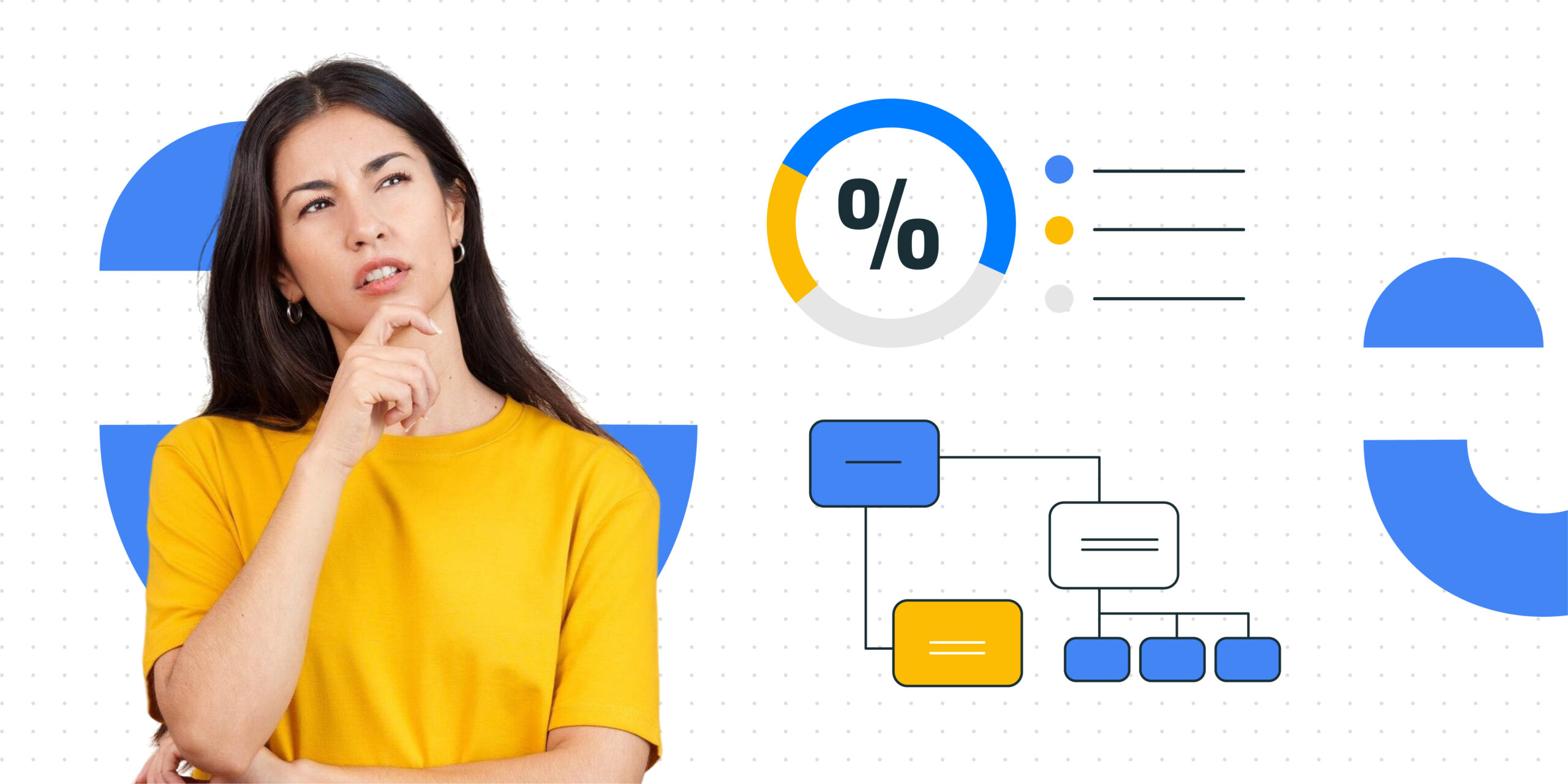And why it won’t replace your job — it’ll help you do it better.
As the future of work takes shape, one thing is becoming increasingly clear: AI isn’t a rival. It’s a collaborator.
When AI is treated like a teammate, trained, coached, and integrated, it becomes a productivity partner. Whether it’s drafting documents, analyzing data, summarizing meetings, or brainstorming ideas, AI can significantly reduce busywork and unlock more time for strategic, creative, and human-centered tasks.
But there’s a catch: AI doesn’t automatically understand your workflows, your team’s needs, or the context that matters most. You have to teach it, just like you would a new team member.
Let’s Be Clear: AI Is Not Here to Replace You
Despite fears about automation, the current wave of AI is not about job displacement. It’s about job enhancement.
“AI has helped us not replace people, but help make people better,” – Matthew Prince, Cloudflare CEO
AI excels at tasks, not roles. It’s designed to help you do your work better, not to take it over. For example:
- AI can summarize a 50-page report, but it can’t decide which strategy is best.
- AI can suggest wording for an email, but it can’t build a client relationship.
- AI can generate a contract draft, but it can’t negotiate terms with nuance.
According to a 2023 study by the World Economic Forum, AI is expected to create 69 million new jobs globally by 2027, meaning reskilling and upskilling will be more important than replacement.
It has also been found that the demand for emotional intelligence, creativity, and critical thinking is expected to grow, while tasks that are repetitive or data-heavy are most likely to be automated.
So the opportunity isn’t about avoiding AI. It’s about learning to work alongside it, just like you’d learn to use a powerful new software platform.
Why AI Tools Sometimes Fail
Despite the hype, AI tools sometimes fall short. For instance, a company implemented an AI tool to draft supplier contracts, anticipating faster turnaround and increased output. But, the expected improvements didn’t happen because the tool generated only generic content. The team still had to manually incorporate specific details such as order history and negotiation terms.
The AI wasn’t ineffective, it just lacked context.
This story is a common one. It was reported that generic AI tools frequently failed to deliver value because they didn’t align with unique workflows.
Why Treat AI Like a Team Member?
Think about your favorite coworker: they’re reliable, they understand your style, and they know how to get things done with minimal direction.
Now imagine an AI that works like that.
Treating AI like a team member means:
- Training it with examples and instructions
- Providing access to background materials
- Giving feedback so it improves over time
- Continuously adapting it to new tasks and tools
When AI understands your unique context and processes, it becomes more than just a tool, it becomes a collaborator.
Step 1: Write Great Instructions
Just like a new hire, AI needs clear guidance.
Well-written instructions define:
- Its role: “You are an executive assistant helping a VP of marketing.”
- Tone/style: “Use business-friendly language with light humor.”
- Expected output: “Summarize meetings and propose follow-ups.”
- Who it’s for: “Busy marketing executives juggling multiple campaigns.”
Pro tip: You can even ask an AI to help write its own job description:
“You are a seasoned Project Manager helping a newly hired Marketing Coordinator develop a comprehensive social media content calendar for the next quarter. Please write the AI’s role and usage instructions…”
Step 2: Feed It Useful Context
One of the most common reasons AI doesn’t deliver? Lack of context.
Take the example of a Fortune 500 company that deployed an AI tool to draft supplier contracts. Initially, the tool just generated boilerplate content, missing key data like supplier history, negotiation nuances, or order terms. The result? Minimal time savings.
The fix came when the company created a workflow diagram – a digital map of the team’s real workflow. This included:
- Systems accessed (CRMs, procurement platforms)
- Data reviewed (supplier risk, past orders)
- Decisions made (negotiation thresholds)
Step 3: Iterate Like You’re Coaching a New Hire
AI won’t get it perfect right away, and that’s okay.
Just like a human teammate, your AI needs feedback. What did it do right? What was missing? Were there better ways to phrase something?
Provide feedback like:
- “This summary is too long, can you keep it under 150 words?”
- “This missed the client’s key pain point, see the notes I added.”
- “Nice work! Save this style for future reports.”
Over time, you’ll build a much stronger assistant. And yes – you can even ask your AI to improve itself:
“Based on the last 5 prompts, can you please rewrite your core instructions to reflect how I like things done.”
What Leaders and Teams Can Do
For leaders, leadership sets the tone for how AI succeeds in an organization. Here’s how to lead with clarity:
1. Set a Clear Vision
Define how AI supports your business goals: time savings, better decisions, reduced admin work?
2. Invest in Mapping Workflows
Generic AI won’t cut it. You need to give AI a clear view of how your teams actually work— systems, behaviors, and context.
3. Provide and Know the Tools
Give employees access to:
- AI platforms that support customization
Encourage the use of custom AI assistants across four key areas:
> Writing, Marketing, and Communications
Employees can draft reports, emails, social posts, and more, following brand voice and reusing past guidance to maintain consistency.
> How-tos and Troubleshooting
Customize AI to reflect your organization’s tech stack, products, or services – providing fast, tailored help to both employees and customers.
> Productivity and Project Management
These assistants can sort to-do lists, extract action items from transcripts, and sync with calendars, notes, and task tools.
> Strategic Advice, Coaching, and Training
Create expert sounding boards tailored to your team’s tone and needs for product feedback, planning, or leadership development.
Start with broad-use assistants, then specialize as needed (e.g., separate bots for pitch decks vs. outreach emails).
Platform Comparison – help teams choose the right platform by sharing these insights:
- ChatGPT: Only option (as of now) that supports live voice conversations with custom assistants.
- Claude: Best grasp of writing style and tone; doesn’t connect to the web.
- Gemini: Great for working with Google Docs or Gmail; ideal for summarizing and analyzing content within the Google ecosystem.
- Security and data privacy guidelines
- Shared knowledge repositories (like prompt libraries)
4. Share Wins and Lead by Example
Use AI in your leadership work. Show the team your prompts, your results, and how you’re refining over time. Modeling AI fluency inspires adoption.
For employees, AI becomes powerful when you make it your own:
1. Customize AI to Your Role
Build your own assistants for daily tasks: writing, planning, data sorting, research, etc.
2. Use AI for Thought Partnership
Need ideas? Stuck on wording? Want feedback? AI is great for ideation, not just execution.
3. Automate Repetitive Work
For example, you can use AI for the 20% of work that takes up 80% of your time: summaries, drafts, outlines, formatting.
4. Build, Share, Repeat
Share your best prompts with colleagues. Build prompt playbooks or use templates for consistency.
AI as a Productivity Partner, Not a Threat
Despite dramatic headlines, AI is far more likely to change jobs than eliminate them. In fact, AI is already being used to elevate roles by taking over mundane tasks and freeing people to focus on what they do best.
Gartner predicts that by 2026, employees will save up to 30% of their time using AI-enhanced tools. And in organizations where AI is implemented thoughtfully, it’s already happening.
The goal isn’t to replace people. It’s to make people’s work more impactful, more creative, and more enjoyable.
Train Your AI Like You’d Train a Teammate
If you walk away with one message, let it be this: AI is only as good as the context you give it.
You wouldn’t expect a new hire to thrive without onboarding, examples, or feedback. So why expect that from AI?
Instead:
- Give it clear instructions
- Feed it useful materials
- Train it with real workflows
- Improve it over time
This approach turns AI from a generic tool into a trusted teammate. The organizations that embrace this strategy aren’t just future-ready, they’re already seeing ROI in time savings, quality, and output.
Discover more insights at filtaglobal.com.



